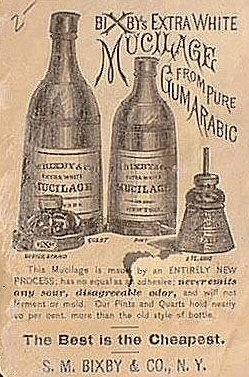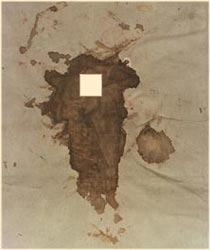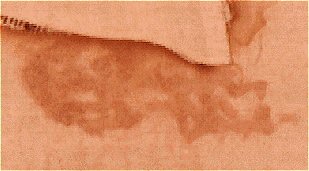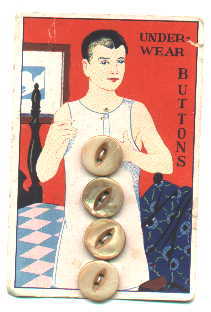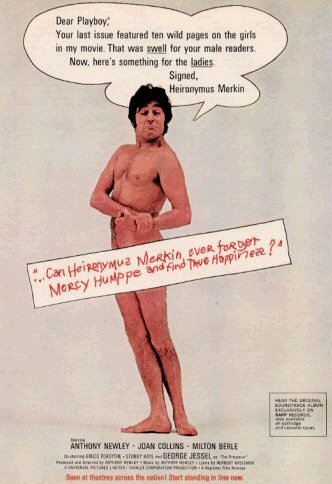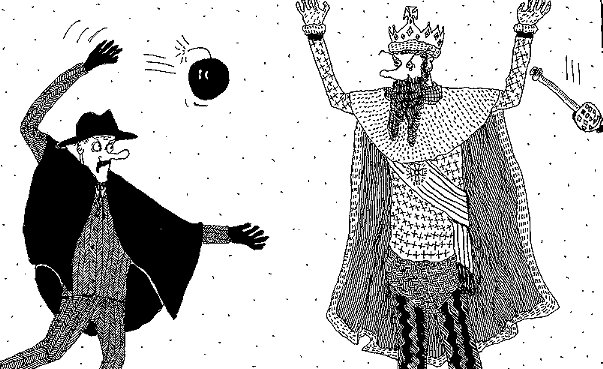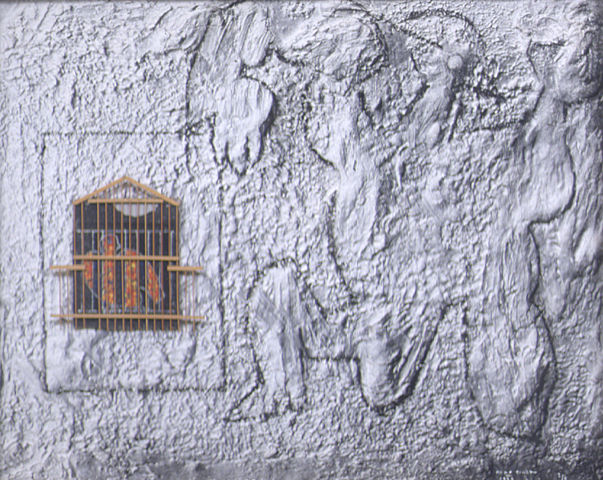How vexing it is to be accosted by somebody who yells, “You there! Name all the Popes in order of their reign, beginning with the first and ending with the current incumbent!” As part of our tireless campaign to inform, elucidate, entertain, and generally make life less baffling, Hooting Yard is pleased to provide a handy mnemonic.Next time you're asked for a list of Pontiffs, you won't be stuck for an answer. First then, those Popes:
Peter (32-67), Linus (67-76), Anacletus (76-88), Clement I (88-97), Evaristus (97-105), Alexander I (105-115), Sixtus I (115-125), Telesphorus (125-136), Hyginus (136-140), Pius I (140-155), Anicetus (155-166), Soter (166-175), Eleutherius (175-189), Victor I (189-199), Zephyrinus (199-217), Callistus I (217-22), Urban I (222-30), Pontain (230-35), Anterus (235-36), Fabian (236-50), Cornelius (251-53), Lucius I (253-54), Stephen I (254-257), Sixtus II (257-258), Dionysius (260-268), Felix I (269-274), Eutychian (275-283), Caius (283-296), Marcellinus (296-304), Marcellus I (308-309), Eusebius (309 or 310), Miltiades (311-14), Sylvester I (314-35), Marcus (336), Julius I (337-52), Liberius (352-66), Damasus I (366-83), Siricius (384-99), Anastasius I (399-401), Innocent I (401-17), Zosimus (417-18), Boniface I (418-22), Celestine I (422-32), Sixtus III (432-40), Leo I (the Great) (440-61), Hilarius (461-68), Simplicius (468-83), Felix III (II) (483-92), Gelasius I (492-96), Anastasius II (496-98), Symmachus (498-514), Hormisdas (514-23), John I (523-26), Felix IV (III) (526-30), Boniface II (530-32), John II (533-35), Agapetus I (535-36), Silverius (536-37), Vigilius (537-55), Pelagius I (556-61), John III (561-74), Benedict I (575-79), Pelagius II (579-90), Gregory I (the Great) (590-604), Sabinian (604-606), Boniface III (607), Boniface IV (608-15), Deusdedit (Adeodatus I) (615-18), Boniface V (619-25), Honorius I (625-38), Severinus (640), John IV (640-42), Theodore I (642-49), Martin I (649-55), Eugene I (655-57), Vitalian (657-72), Adeodatus (II) (672-76), Donus (676-78), Agatho (678-81), Leo II (682-83), Benedict II (684-85), John V (685-86), Conon (686-87), Sergius I (687-701), John VI (701-05), John VII (705-07), Sisinnius (708), Constantine (708-15), Gregory II (715-31), Gregory III (731-41), Zachary (741-52), Stephen II (752), Stephen III (752-57), Paul I (757-67), Stephen IV (767-72), Adrian I (772-95), Leo III (795-816), Stephen V (816-17), Paschal I (817-24), Eugene II (824-27), Valentine (827), Gregory IV (827-44), Sergius II (844-47), Leo IV (847-55), Benedict III (855-58), Nicholas I (the Great) (858-67), Adrian II (867-72), John VIII (872-82), Marinus I (882-84), Adrian III (884-85), Stephen VI (885-91), Formosus (891-96), Boniface VI (896), Stephen VII (896-97), Romanus (897), Theodore II (897), John IX (898-900), Benedict IV (900-03), Leo V (903), Sergius III (904-11), Anastasius III (911-13), Lando (913-14), John X (914-28), Leo VI (928), Stephen VIII (929-31), John XI (931-35), Leo VII (936-39), Stephen IX (939-42), Marinus II (942-46), Agapetus II (946-55), John XII (955-63), Leo VIII (963-64), Benedict V (964), John XIII (965-72), Benedict VI (973-74), Benedict VII (974-83), John XIV (983-84), John XV (985-96), Gregory V (996-99), Sylvester II (999-1003), John XVII (1003), John XVIII (1003-09), Sergius IV (1009-12), Benedict VIII (1012-24), John XIX (1024-32), Benedict IX (1032-45), Sylvester III (1045), Benedict IX (1045), Gregory VI (1045-46), Clement II (1046-47), Benedict IX (1047-48), Damasus II (1048), Leo IX (1049-54), Victor II (1055-57), Stephen X (1057-58), Nicholas II (1058-61), Alexander II (1061-73), Gregory VII (1073-85), Victor III (1086-87), Urban II (1088-99), Paschal II (1099-1118), Gelasius II (1118-19), Callistus II (1119-24), Honorius II (1124-30), Innocent II (1130-43), Celestine II (1143-44), Lucius II (1144-45), Eugene III (1145-53), Anastasius IV (1153-54), Adrian IV (1154-59), Alexander III (1159-81), Lucius III (1181-85), Urban III (1185-87), Gregory VIII (1187), Clement III (1187-91), Celestine III (1191-98), Innocent III (1198-1216), Honorius III (1216-27), Gregory IX (1227-41), Celestine IV (1241), Innocent IV (1243-54), Alexander IV (1254-61), Urban IV (1261-64), Clement IV (1265-68), Gregory X (1271-76), Innocent V (1276), Adrian V (1276), John XXI (1276-77), Nicholas III (1277-80), Martin IV (1281-85), Honorius IV (1285-87), Nicholas IV (1288-92), Celestine V (1294), Boniface VIII (1294-1303), Benedict XI (1303-04), Clement V (1305-14), John XXII (1316-34), Benedict XII (1334-42), Clement VI (1342-52), Innocent VI (1352-62), Urban V (1362-70), Gregory XI (1370-78), Urban VI (1378-89), Boniface IX (1389-1404), Innocent VII (1404-06), Gregory XII (1406-15), Martin V (1417-31), Eugene IV (1431-47), Nicholas V (1447-55), Callistus III (1455-58), Pius II (1458-64), Paul II (1464-71), Sixtus IV (1471-84), Innocent VIII (1484-92), Alexander VI (1492-1503), Pius III (1503), Julius II (1503-13), Leo X (1513-21), Adrian VI (1522-23), Clement VII (1523-34), Paul III (1534-49), Julius III (1550-55), Marcellus II (1555), Paul IV (1555-59), Pius IV (1559-65), Pius V (1566-72), Gregory XIII (1572-85), Sixtus V (1585-90), Urban VII (1590), Gregory XIV (1590-91), Innocent IX (1591), Clement VIII (1592-1605), Leo XI (1605), Paul V (1605-21), Gregory XV (1621-23), Urban VIII (1623-44), Innocent X (1644-55), Alexander VII (1655-67), Clement IX (1667-69), Clement X (1670-76), Innocent XI (1676-89), Alexander VIII (1689-91), Innocent XII (1691-1700), Clement XI (1700-21), Innocent XIII (1721-24), Benedict XIII (1724-30), Clement XII (1730-40), Benedict XIV (1740-58), Clement XIII (1758-69), Clement XIV (1769-74), Pius VI (1775-99), Pius VII (1800-23), Leo XII (1823-29), Pius VIII (1829-30), Gregory XVI (1831-46), Pius IX (1846-78), Leo XIII (1878-1903), Pius X (1903-14), Benedict XV (1914-22), Pius XI (1922-39), Pius XII (1939-58), John XXIII (1958-63), Paul VI (1963-78), John Paul I (1978), John Paul II (1978-)
Now, I know what you're thinking. “How can I ever learn such a long list as that, me with my pea-sized brain?”, you're saying to yourself. Well, banish defeatism, reader! All you have to do is have a crack at this simple mnemonic. To make it even easier, there are many exclamation marks, adding that frisson of excitement which makes learning fun!
Plastic lantern. Astounding canal! Enormous, ailing squirrel. Torn hessian phosphorescent armbands. Stampeding elks! Vain zombies. Curious, unlikely ponds. Asbestos flap. Custard! Laughable soup. Stinking Dennis felt extremely cantankerous. More moorhens. Extra moorhens! Several magnificent jamjars. Liquid dental sluicing agents. Improbable zoo! Budgerigar. Caustic soda. Limitless hooting. Salacious foreign gentlemen. Argumentative shibboleth. Horrible juxtapositions. Floozie's birdbath. Jumbled antennae. Shoddy vellum packet. Jasper's bandage paste. German sausage. Balconies. Bees. Dead bees! Hideous squashed jumping Thuringian moths. Exciting villages and dismal airfields. Larks behind Javanese crime scene. Jackets. Jumpers. Spillages. Clark Gable's gazebo. Zither sounds. Suspected picnic situation alert. Lightning strikes! Peewit emergency! Violent goose scenario! Lapwings. Besmirched Norwegian, affable Jutlander. Maniac at Saint Fabrizio's bedside. Stupendous rhubarb. Thrown javelin breaks locked shed accident. Little juggler's little socks. Juggler's little socks. Mustard, all jars labelled badly. Jim's brontosaurus! Before Jim, Jack's golden shampoo jar, just shampoo, but just black, sickening, baleful grease. Can beetles die? Lovely violet splendour. Nits and gnats. Vituperative uproar. Plangent grovelling. Check his impenetrable calculations! Let's eat anchovies and asparagus! Let's uproot gooseberries! Come, come, impudent hysterical git! Canned ink. Alternative ultraviolet canister gas. I always jinx neurasthenic moonstruck hobbledehoys, nor can but be clattering jubilantly by crapulent infidels. Unspeakable gruel, unless boiled indefatigably. Gather more ergot. No cups. Perfect pods. Startling, incandescent, amazing pods! Jewelled, luminous and crimson pods! Jellied messes. Partridges. Peewits. Press-ganged shabby urchins glorying in crime. Levers. Prongs. Great useless impenetrabilia. Aniseed chocolate cake. It aids ignorance, cake. I brought clairvoyant badgers, champion curlews, pigs, pigs, Latvian pigs, grotesque pigs, lamentable pigs, bad pigs, pale, jabbering pigs, jabbering pigs, jabbering pigs!

